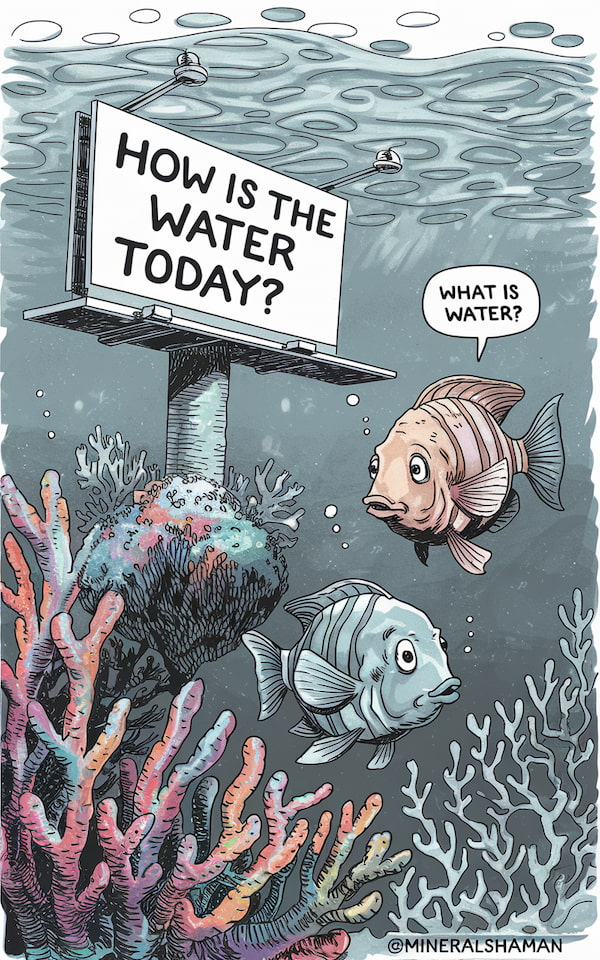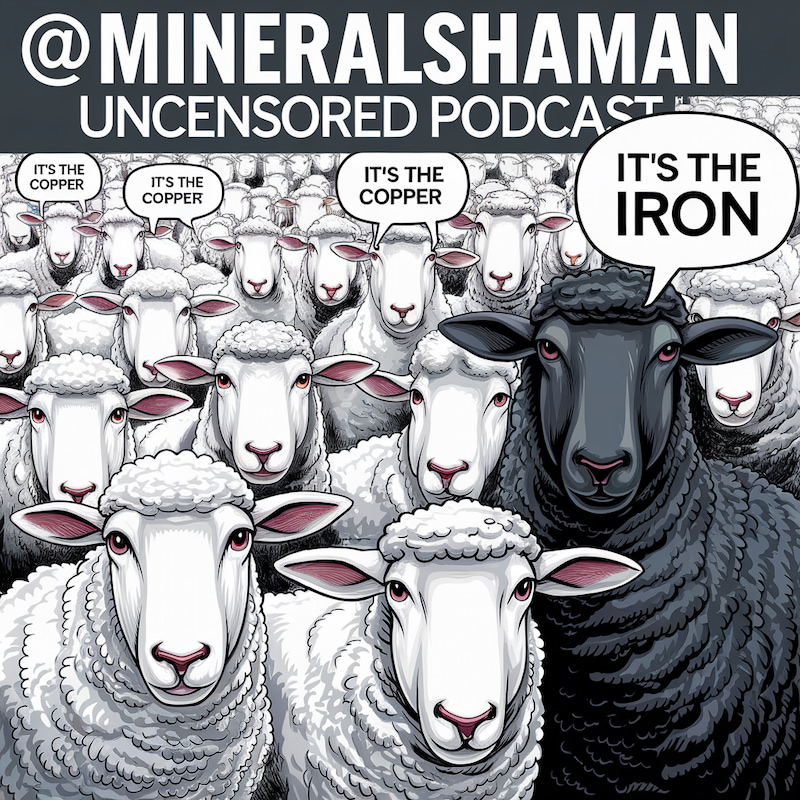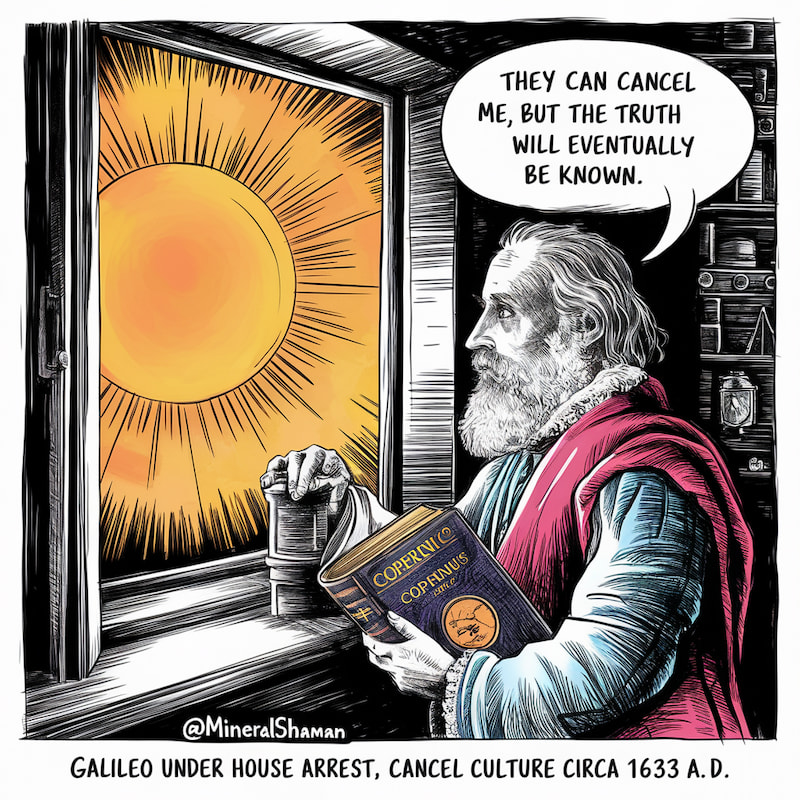Confronting Addiction & Denial in Plant Medicine Communities
If it seems I’m focusing a lot on rapé and tobacco lately, there’s good reason. With over 20 years of personal experience with tobacco, including bouts of full addiction, I speak from firsthand experience. This post is about that journey and what can happen when a relationship with a plant turns unhealthy.
I’m sharing in hopes it helps others going through what I did, or at least brings awareness to an issue growing in plant medicine circles. That issue is the masking of addiction behind spiritual language and outright denial that it exists within the realm of “medicine” work.
If we’re to integrate plant medicines into Western life – which I believe is worthwhile – we need to be honest about these aspects of our collective shadow and the damage addiction is causing.
If you haven’t read my prior posts about rapé, I recommend starting there, as much of this post deals with rapé. My first post can be found here, and a more recent one here. While there are other addictions to address, this vast topic requires some containment for now.
Let’s Map Out Nicotine Addiction
The words “nicotine addiction” used to make me think of chain-smoking adults from my childhood who went through multiple Marlboro packs daily. For the most part, those people left my awareness as smoking went out of fashion.
Today, when I think of nicotine addiction, it’s more likely vape pens and over-the-counter nicotine gum or patches that come to mind. However, those didn’t represent the type of addiction I experienced. So when it happened to me, I initially didn’t even realize it.
I want to be clear too in saying I’m not merely talking about physical addiction. I’m including all the ways nicotine hijacks human consciousness – which I’ll expand on shortly.
When It Began
My first experiences with nicotine likely started early on with occasional smoking habits – be it hookah, cigarettes, or cigars. However, none of those drew me in to where I noticed impacts to my health, life or relationships. So if addicted then, I didn’t realize it and easily walked away without a thought.
It wasn’t until working with plant medicines like ayahuasca and huachuma that I learned of traditions using tobacco as medicine – which had seemed just an unhealthy drug before. But in the jungle, we worked extensively with mapacho (jungle tobacco, nicotiana rustica), considered one of the first plant healers.
I smoked a lot of mapacho there – partly for mosquitos and partly ceremonially. I loved it then, with no attachment. Leaving jungle life, I stopped without issue and didn’t touch it for months. It was tied solely to that setting.
A Cure for My Sinuses?
Everything changed when a brutal sinus infection struck (this is before I discovered the real causes of so-called sinus infections, but that is a different story). A friend suggested rapé would heal me. Desperate after months failing antibiotics and home remedies, I figured I had nothing to lose.
Trying it the first time, my sinuses instantly opened and I could breathe! Alongside the familiar nicotine buzz, I enjoyed it. But the relief quickly faded as my passages swelled up worse than before.
This kicked off my addiction pattern – using rapé to briefly open my sinuses, somehow believing it cured me. They’d then close up worse, leaving me unable to breathe normally until the next session.
At first it was once a day. Soon twice a day, then three times. My tolerance grew as I needed more to chase that initial high.
Before I knew it, I was in the grips of full-blown nicotine addiction. Yet in denial, I told myself this was sacred medicine healing me.
Sometimes I sensed the plant possessed my consciousness, driving my actions against my will.
Enter the Rapé Worms
It became more obvious as thoughts of rapé increasingly consumed my mind. If not actively taking it, I’d obsess over my last session or crave the next. I dubbed these “rapé worms” – intrusive, involuntary thoughts that felt parasitic.
Observing the worms let me recognize the tobacco spirit’s possession of my consciousness. I felt powerless, only able to justify using more. I tried stopping but unlike past tobacco experiences, I couldn’t walk away from rapé. If available, I’d make excuses to take it despite feeling shame.
At times I fully indulged the cravings. Soon I sat with rapé every few hours, meticulously planning my days around it – mornings, middle of the night when unable to sleep, whenever bored, needing emotional release or even bowel movements. The “medicine” had become my solution for everything.
Misery Loves Company
One clear sign of rapé addiction I now recognize in others is the urge to spread use. I find it fascinating how tobacco hijacks consciousness to propagate more dependency.
In my addicted fervor, I introduced the substance to friends, served it at ceremonies and adamantly promoted it. I became one of rapé’s greatest ambassadors! At the time, I genuinely believed I was helping others as it helped me.
When the “Cure” Becomes the Cause
Eventually I realized my rapé use no longer supported healing – it drove the issues. Rather than helping my sinuses, it now caused sinus troubles. What began as a crutch started crippling me further.
Yet physically quitting seemed impossible. Nicotine addiction dramatically impacts hormones, blood sugar, energy – stopping meant facing severe withdrawals. So rapé became the “cure” for the very pains it caused. As Gabor Mate put it: “Addiction is when the cure becomes the cause.”
Now, I experienced incredible emotional healing during this time too. But I also found myself stuck in patterns that should’ve been easier to shift. In hindsight, the nicotine addiction shaped much of my life then – even mirroring dysfunctional relationships I needed to end.
The only way to quit was eliminating my rapé supply to endure the brutal weeks that followed. Having gone through withdrawal now several times, I’m familiar with its duration. Fully detoxing nicotine takes many substance-free months.
I “quit” rapé successfully a few times before it stuck. The final time I went on an iboga retreat to chemically reset my brain – akin to using a sledgehammer to kill an ant. But it worked. I felt free from tobacco afterward and gained deep personal insight as well.
Nicotine Addiction is A Real Issue
Some minimize this issue: “Lots of people are addicted to nicotine.” True, but in plant medicine circles, denial runs deep. Without acknowledging addiction’s difficulty, people spiral silently.
Where I’ve found the line blurred is calling experiences like mine simply “out of alignment” or lacking “right relationship” with the plant. In other words, it gets minimized rather than recognizing how brutally hard it is to realign or rebalance in the throes of addiction.
I know I’m not alone in having had such an intensely addictive rapport with rapé, ingesting it daily. Yet few in these circles would apply the term “addiction.” This use gets fueled implicitly by influencers and commercial interests around these plants.
We must bring light to acknowledge this shadow before collectively healing it. My experience remains just one of many until openly labeled what it is – addiction, dependency or misalignment.
Ads Fuel Overuse
The rapé marketplace warrants discussion as part of solutions here. As someone constantly targeted with rapé ads, I notice issues in messaging.
Four Visions Marketplace (fourvisionsmarket.com) dominates this ad space. I’ve ordered their quality items before and acknowledge their educational aspirations. This isn’t a takedown of Four Visions specifically – just an analysis of prevalent marketing messages and consequences.
First, their rapé and tobacco offerings lack standard nicotine warnings. As a lawyer I question the legal compliance here, though perhaps the nicotiana rustica species evades “tobacco” designations. Or the ads have slipped under the radar. In any case, such warnings could give pause to potential users.
What I find particularly problematic is the “relationship building” framing, absent addiction cautions. For example:
“Hapé is a very powerful plant, that has the power to heal, and when abused and not treated with respect, can cause harm…Tobacco is a very powerful plant that can heal or kill…It is a plant that is very revered by the Native people…”
While they acknowledge extreme harm potential, addiction goes unmentioned. Instead they turn to spiritual “respect” and “reverence,” effectively blaming users for “abusing” this sacred Grandfather plant.
This repeats later discussing use:
“In time, your ability to do this will grow and you’ll be able to…center yourself whenever necessary…Dosages can be increased after prolonged use once one…has built a relationship with the plant…”
My translation: Once tolerant to the alkaloids, increase dosing seeking the same results. Addiction is framed as spiritual “relationship building” and intuitions, obscuring real chemical hooks.
This follows patterns where denial enables escalating use issues in these spaces. We must thoughtfully discuss solutions.
Addiction vs “Sacred Relationship”
Some argue, “But indigenous tribes use rapé daily without addiction.” Valid point needing nuance.
While tribes may not label it addiction, my friend’s rapé initiation with the Yawanawá confirmed that by medical standards they are indeed addicted. The difference is cultural integration enabling sustainable ritual use.
Four Visions markets rapé “relationship building” absent this context. One might develop a non-disruptive rapport with conscious effort. But nicotine poses high addiction odds naturally. Even source tribes evidencing daily dependence.
What can start as spiritual ritual often escalates to excessive habits once withdrawal and tolerance build. When life starts revolving around rapé and cravings, the “sacred” designation warrants questioning.
Sure, Four Visions sells for profit so more addiction means more sales. But in light of growing problems, greater honesty around addiction potential seems an ethical priority.
Thought experiment: Could one have a sacred bond with their vape pen?
Seeking Clarity
Where’s the line between medicine and addiction? When does a “healing” plant like rapé start compounding the very issues it intends to help? What responsibility do plant medicine stewards have around addiction education? These questions warrant thoughtful discussion as we chart new territory.
While only scratching the surface of a multifaceted issue here, I understand this may trigger some. Please know I speak without judgment, sharing my own story for perspective.
If questioning your own rapé or medicine reliance, honest self-inquiry helps:
- Can you stop without thinking about it? For how long?
- If unable to quit, that signals addiction. Don’t second-guess.
- Fantasizing about it after stopping confirms obsession.
Support exists if you seek it – whether 12-step programs or other structures recognizing the deeper roots below all addiction. My path isn’t the answer, but discovering ignored aspects of self proved essential. Proper nurturing of those deserves focused care.
Stay tuned for more; reach out if you need support. Together we heal.
Balancing Body and Spirit
Properly restoring mineral levels and processing emotions is key to overcoming addiction. Such imbalances often drive these patterns.
Great free mineral balancing resources exist through Root Cause Protocol for those needing support. I offer guidance in this realm as my schedule allows.
Healing happens holistically – spirit, mind and body. Keep questioning, keep learning. More to come.






